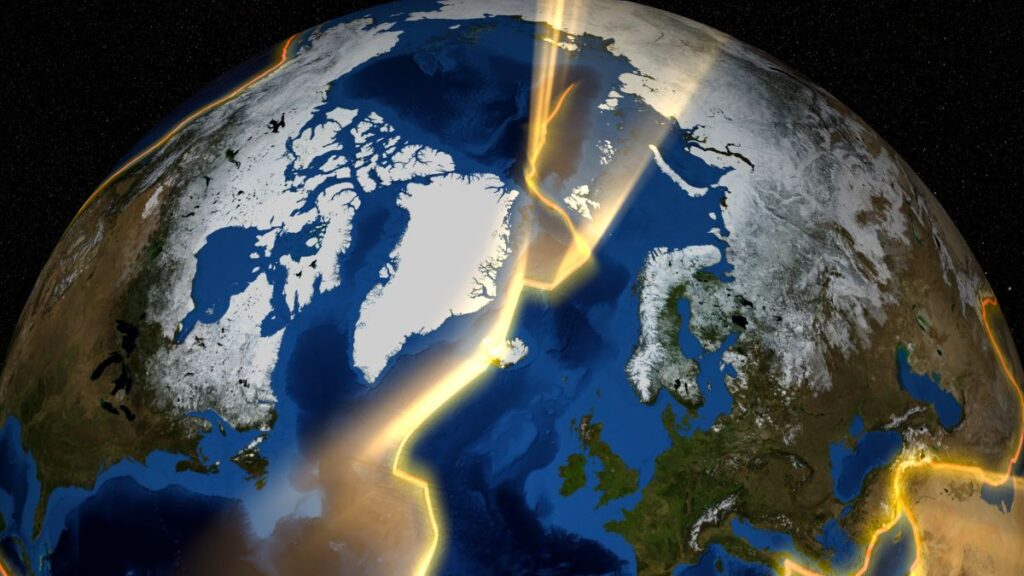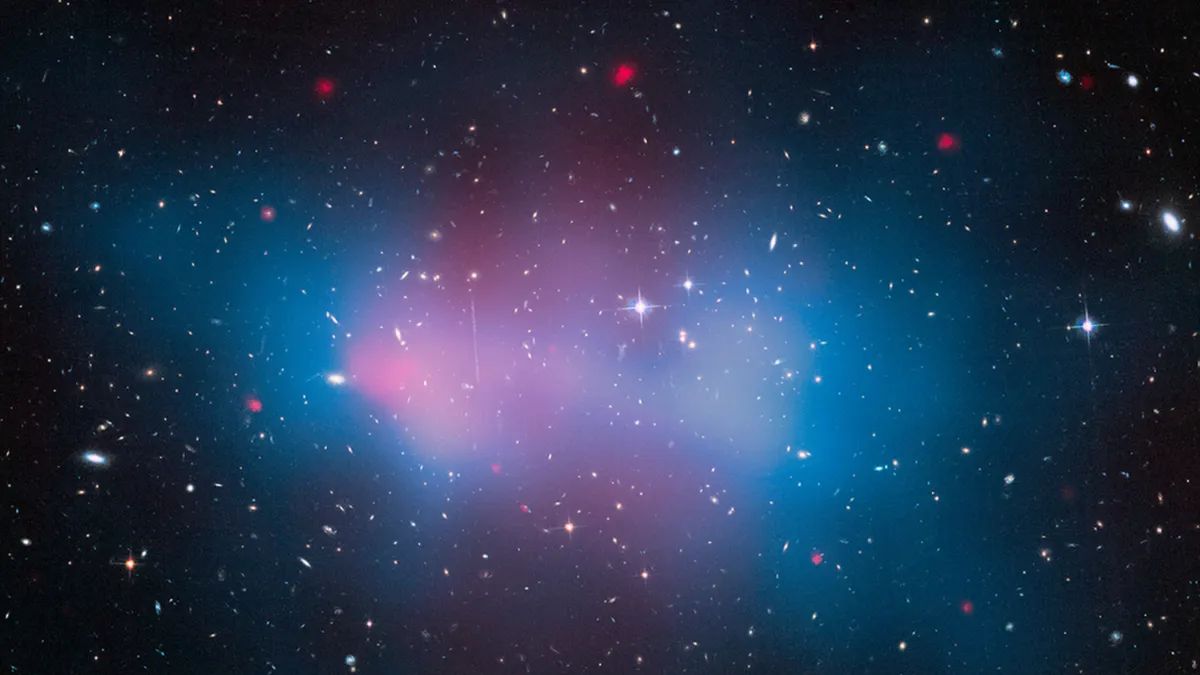Recent research findings have revealed that Earth’s plate tectonics started much earlier than previously assumed. This groundbreaking discovery was unearthed through the examination of ancient crystals called zircons. These tiny crystals have provided scientists with new insights into the early history of our planet.
Plate tectonics is the geological process involving the movement and interaction of the Earth’s lithosphere, resulting in earthquakes, the uplift of mountains, and the separation of continents. It consists of the movement of large plates on Earth’s surface.
These plates float on the semi-fluid layer beneath them, called the mantle. The slow movement of these plates changes the Earth’s surface over millions of years.
Scientific understanding had previously suggested that plate tectonics commenced approximately 3.2 billion years ago. Some even thought it began as recently as 800 million years ago. However, the new study suggests that plate tectonics may have started more than 4 billion years ago. This event occurred shortly after the formation of Earth approximately 4.5 billion years ago.
On July 8, 2024, a significant study was published in the esteemed journal Proceedings of the National Academy of Sciences (PNAS). Researchers used a machine-learning model to analyze zircons from the Jack Hills in Australia. The zircons, forming over 4.4 billion years ago, stand as some of the most ancient minerals on Earth.
Zircons are tiny, tough crystals that can survive for billions of years. They form in sedimentary rocks on land and then get pushed into the mantle by tectonic activity.

Later, they re-emerge in metamorphic rocks. By examining these zircons, scientists gain insights into the environmental conditions on Earth at the precise moment of their formation.
The researchers used a machine-learning model to identify a type of zircon called S-type zircons. The model underwent training using data gathered from 300 zircons with known origins. Subsequently, it underwent testing on an additional 74 zircons to validate its accuracy.
After completing the model’s training, the researchers employed it to analyze 971 recently obtained zircons from the Jack Hills. Many of these zircons were S-type, indicating that plate tectonics was active more than 4 billion years ago.
This discovery has significant implications for our understanding of Earth’s early history. It indicates that the processes shaping our planet today were already in place when Earth was very young. “This discovery could potentially have significant implications for the evolution and nutrition of life on Earth.” Plate tectonics is crucial in regulating the planet’s climate and creating a stable environment for life to thrive.
The early start of plate tectonics could mean that Earth had a stable climate and environment much earlier than previously thought. This environment may have offered the essential conditions for the development and evolution of life.
This finding also prompts us to consider the conditions on other planets. If plate tectonics started early on Earth, it might also have started early on other rocky planets.
The groundbreaking findings of the study are derived from a comprehensive analysis of ancient zircons, among the oldest known minerals on Earth. These zircons offer an unparalleled glimpse into the early years of our planet. Studying these objects allows scientists to glean insights into the environmental conditions that prevailed on Earth billions of years ago.
Editor’s Recommendations
- Don’t Miss it! T Coronae Borealis Spectacular Show, Once in a Lifetime Experience of Star Explosion
- Chasing the Aurora, Best Times and Places to See the Northern Lights in 2024
- Catch the Spectacular Perseid Meteor Shower: Your Ultimate Guide to the 2024 Celestial Show!
- NASA’s Webb Telescope Captures Epsilon Indi Ab, One of the Coldest Exoplanets Ever, 12 Light-Years Away!





